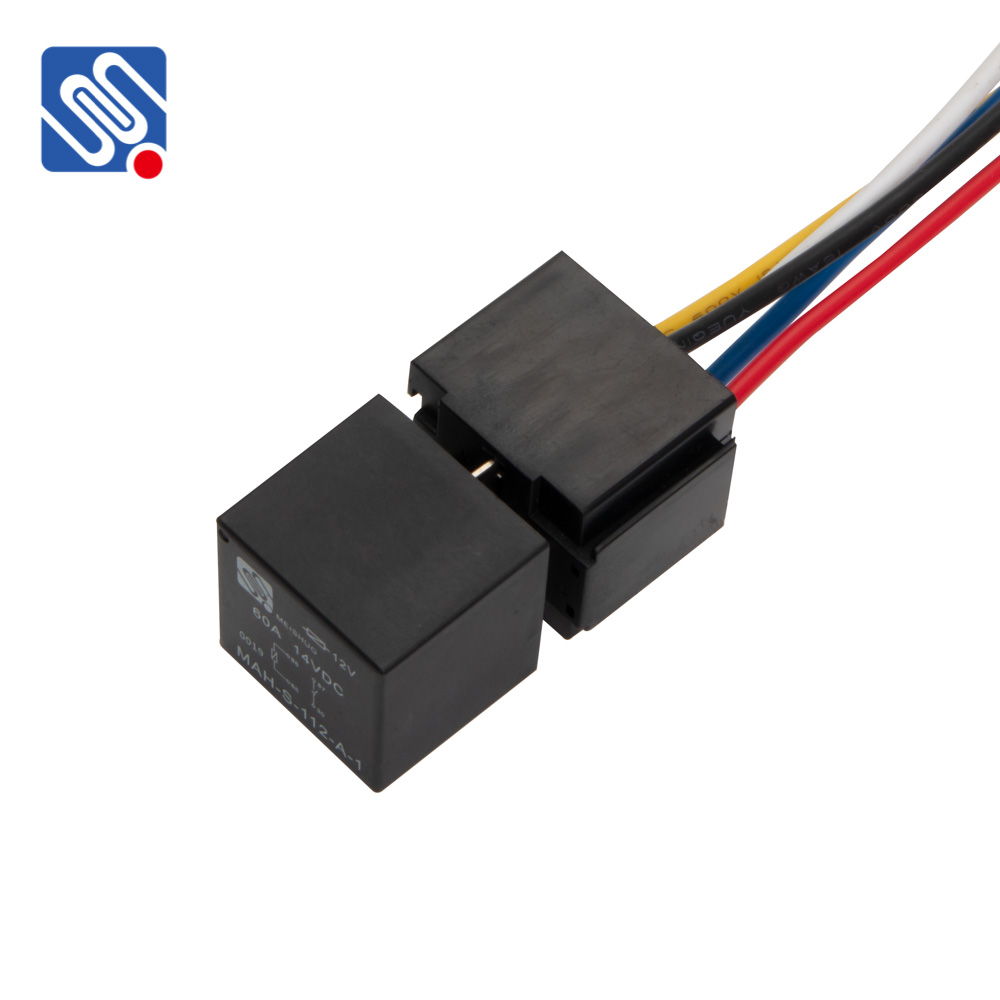Relays are essential components in electronic systems, playing a vital role in controlling circuits, allowing low-power signals to control higher power ones. One of the most common and widely used relays is the 12V 40A relay. As the name suggests, this relay operates with a 12V input voltage and is designed to handle a current of up to 40 amperes. The 12V 40A relay is a versatile, robust, and dependable component, making it suitable for various applications ranging from automotive systems to industrial machinery. In this article, we will explore the characteristics, working principle, applications, and benefits of the 12V 40A relay.

What is a 12V 40A Relay? A relay is an electrically operated switch that allows a circuit to be controlled by a low-power signal. The 12V 40A relay is typically composed of an electromagnet, contacts, and a spring. When a current flows through the coil (electromagnet), it generates a magnetic field that attracts or repels the contacts, thereby either opening or closing the circuit. The key feature of the 12V 40A relay is its ability to handle high current—40 amperes—while being triggered by a low voltage (12V). This makes it an ideal solution for applications where high-power devices need to be controlled by low-power systems. The 12V indicates the voltage required to activate the relay, while 40A refers to the maximum current the relay can carry through its contacts without damaging the relay or the connected circuit.